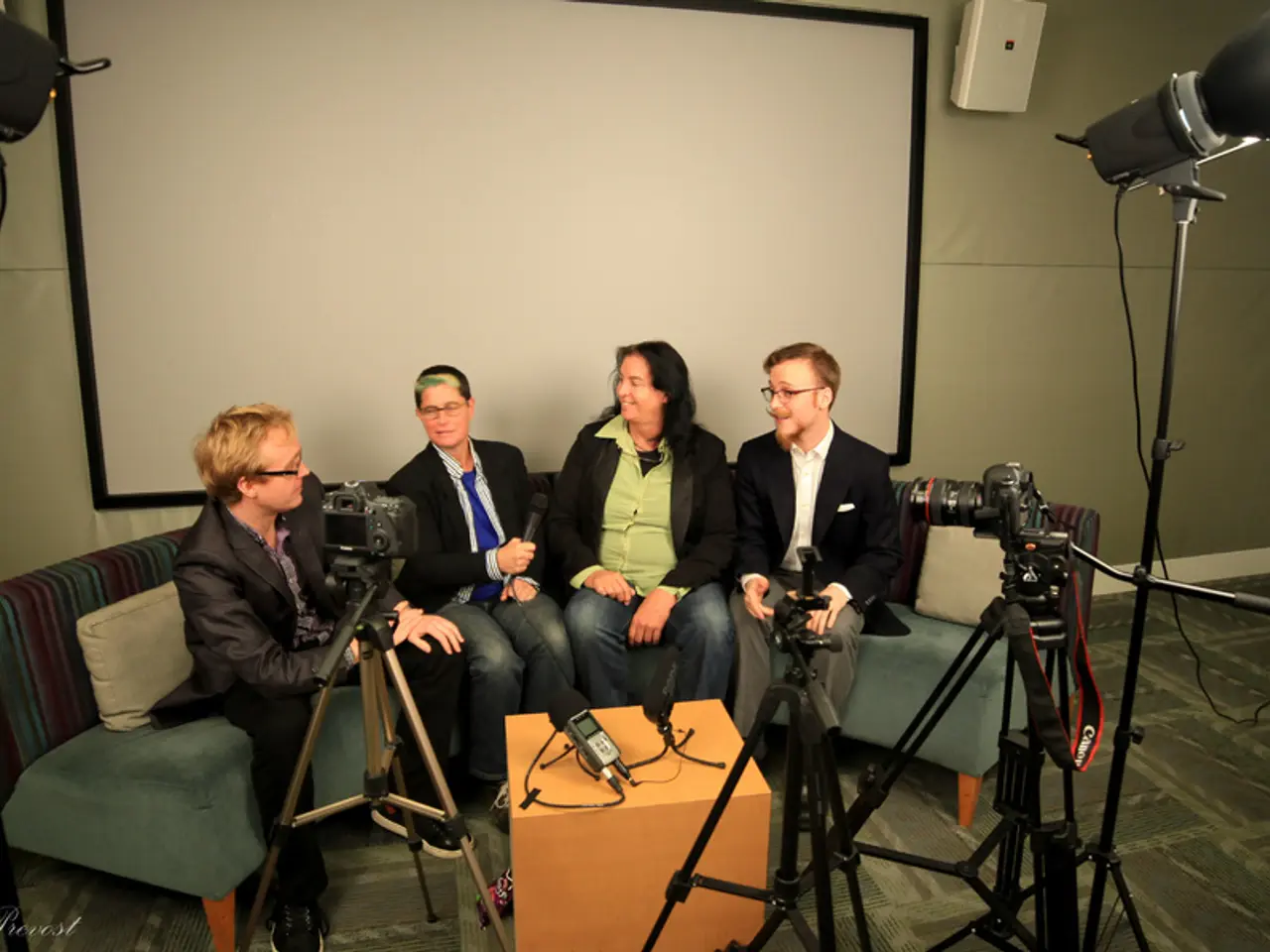Measuring Soft Skills: Quantifying Soft Skills to Create a Future‐Oriented Resume
In today's job market, soft skills are increasingly important for collaboration, adaptation, communication, and leadership. To effectively illustrate and prove these skills on a resume that meets modern hiring expectations, you should clearly name your soft skills alongside specific examples of achievements that demonstrate those skills in action.
Naming and Proving Your Soft Skills
The framework for structuring soft skills into resume elements is simple: Scenario → Action → Result. Start by identifying soft skills that show up in your work by reflecting on feedback from colleagues and managers, things you're proud of, projects with ambiguity, times you stepped up or adapted, and asking yourself what skills you relied on in those moments.
Once you've identified your soft skills, move from naming them to proving them by incorporating them into your summary and bullet points. Avoid simply listing soft skills like "team player," "fast learner," or "excellent communicator." Instead, provide real-life examples of how these skills have been used to solve problems and move work forward.
For instance, instead of merely stating "communication," include accomplishments that show how your communication led to improved team collaboration or how your problem-solving overcame challenges to produce tangible outcomes.
Demonstrating Soft Skills with Concrete Examples
Hiring teams are looking for concrete examples of how soft skills have been used to solve problems and move work forward. Move from naming soft skills to proving them by focusing on the connection between the trait and the result.
Here are some examples of connecting soft skills to proof:
- "Collaborated cross-functionally to streamline workflow, reducing project completion time by 30%"
- "Adapted quickly to changing project goals, ensuring project stayed on track and within budget."
Practice turning soft skills into proof by focusing on the connection between the trait and the result.
Tailoring Your Soft Skills to the Job and Industry
If a soft skill is mentioned multiple times in a job description, it should be reflected in the professional summary with context. If a soft skill is listed once in a job description, it's probably tied to a specific task and should be brought in contextually where it makes sense, such as within the experience section.
Tailor your soft skills and examples to the job and industry, drawing from relevant skills lists and using concise but strong action verbs like “launched,” “streamlined,” or “negotiated” to show proactivity and impact.
Highlighting Interpersonal Skills
Highlight interpersonal skills like communication, teamwork, problem-solving, empathy, and adaptability using real scenarios. Start with a specific moment where the soft skill made a difference, focusing on the situation, your role, decisions or actions, and how you helped move the work forward.
Documenting Soft Skills for Future Readiness
Documenting soft skills alongside achievements can help individuals stay ready for opportunities and pivots, and build a future-ready resume. The key modern resume strategies for soft skills are:
- List top soft skills relevant to the role in a skills section but don’t stop there.
- Demonstrate these skills with concrete examples and quantified achievements in your work experience.
- Use action verbs and specific outcomes to show real-world impact.
- Tailor your soft skills and examples to the job and industry.
- Highlight interpersonal skills like communication, teamwork, problem-solving, empathy, and adaptability using real scenarios.
- Utilize the Scenario → Action → Result framework to name and prove your soft skills such as communication, teamwork, problem-solving, empathy, and adaptability, specifically demonstrating how these skills led to tangible outcomes like reduced project completion time or ensuring projects stayed on track.
- To tailor your soft skills to specific jobs and industries, focus on connecting these skills to the job description, referencing relevant soft skills lists, and using strong action verbs to show proactivity and impact, thus ensuring you're ready for future opportunities and career growth.




